9 clever ways to reduce humidity in your home without a dehumidifier
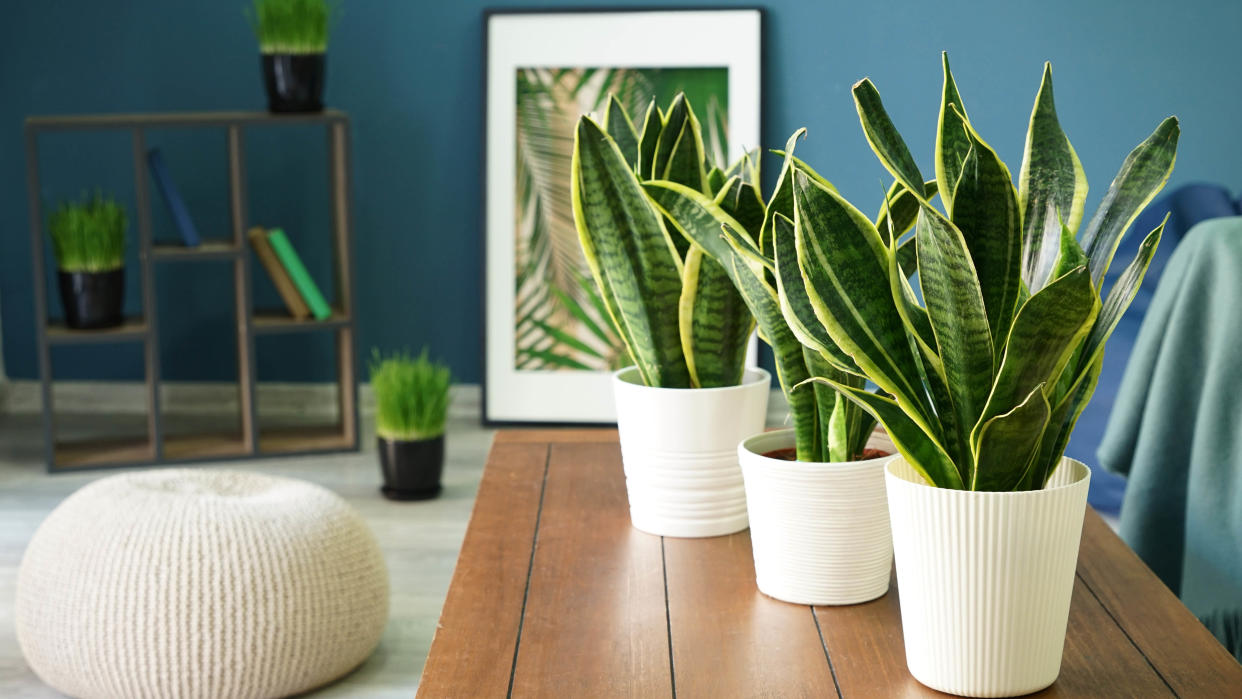
If you have condensation or excess humidity in your home, this can bring about all sorts of issues. Not only can this lead to unsightly mold and mildew that can damage interiors, but if left untreated, mold can seriously affect your health if spores are inhaled.
Such issues are prevalent during the colder months, when we often crank up the heat, and block out any air coming indoors. In fact, winterizing our homes can actually encourage mold in your home, despite being energy efficient. That’s why it’s so important to adequately ventilate your home to prevent mold. But if you don’t have one of the best dehumidifiers to eliminate moisture, it can seem tricky to do so.
Luckily, there are some alternative things you can do to dehumidify your home, and keep moisture levels down. These simple things are a quick and inexpensive solution to preventing humidity build-up, and dampness. So, whether it’s improving air flow to adding plants in your living spaces, here are some ways to reduce humidity in your home without a dehumidifier.
1. Open windows or doors regularly
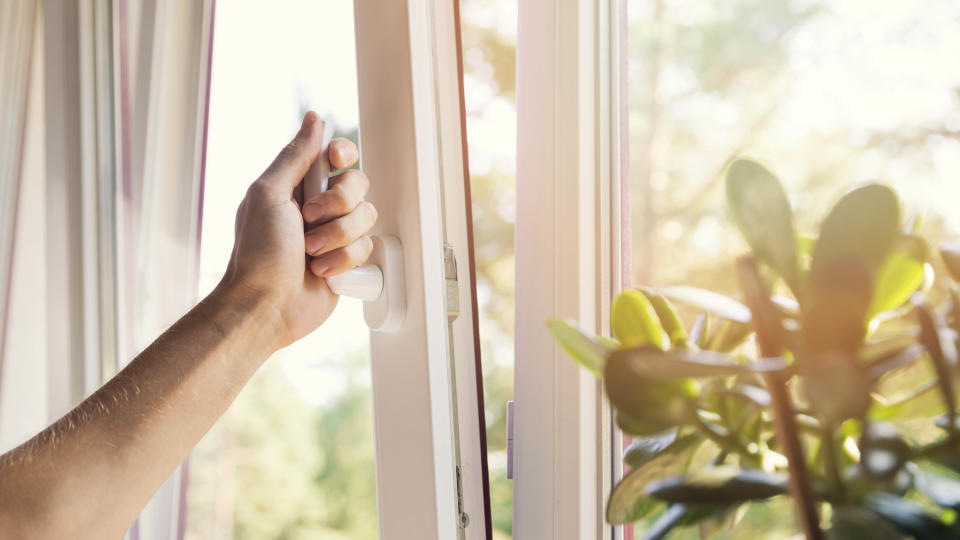
Although you might want to keep warm during colder months, it’s important to not completely seal off everything. Blocking air vents and window insulation can all work well to prevent the heat escaping, but this can also block essential ventilation needed to prevent condensation building up.
This stagnant air can lead to condensation inside your windows, doors or any other surface which could lead to mildew and mold growth. It’s always recommended to crack open the windows or doors a couple of times a week to let in some fresh air, and prevent moisture build-up.
If the weather is particularly freezing, you can leave your internal doors open to allow excess moisture to disperse between rooms.
2. Turn on the AC
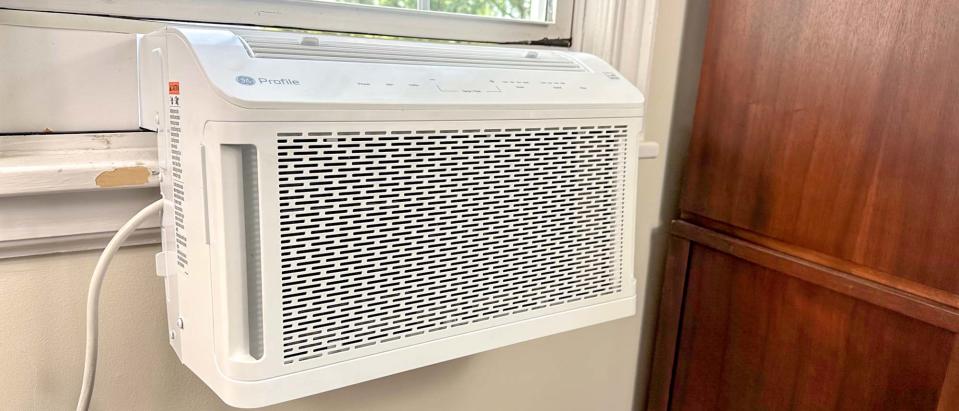
This might seem counter-productive, especially during winter, but cooling the air will remove moisture in the air, and also helps to circulate air around the home. All of which can help to reduce humidity, condensation and growth of mold.
Interestingly, air conditioners have a similar mechanism to compressor dehumidifiers. Once the hot humid air comes into contact with the cold coils inside the air conditioner, this lowers humidity levels, while keeping indoor spaces at a cool temperature.
3. Use a fan
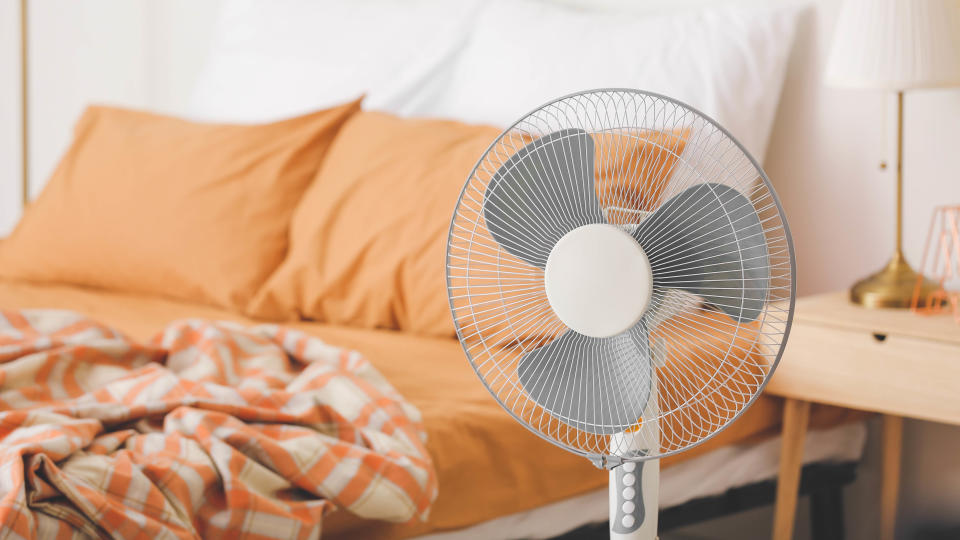
If you don’t have an AC unit, you can simply place standalone fans in individual rooms to circulate the air around. Again, this will disperse any high humidity in certain areas so that it’s not stagnant.
If possible, fans can work particularly well if you have an open window or running AC. In fact, experts advise to point the fans towards open windows so that they’re consistently pushing warm air outside.
4. Run exhaust fans in humid areas

Another way to reduce humidity without a dehumidifier is by simply making use of our exhaust fans around the home. Typically, these are effective in speeding up the venting process, especially in humid rooms such as the bathroom or kitchen.
Designed to pump out excess moisture and odors from your home, these exhaust fans are useful for preventing mold growth. They’re often installed around particularly humid areas, such as in the bathroom, kitchen or basement, and can help when you’re lacking windows.
In addition, when you finish taking a hot shower or bath, ensure the room is well-ventilated to the outdoors. And if you’re cooking up a storm in the kitchen and releasing a lot of steam from your oven, pots or pans, switch on the exhaust fan immediately. Just avoid leaving them running for longer than needed as these tend to consume a lot of energy.
5. Dehumidify with plants
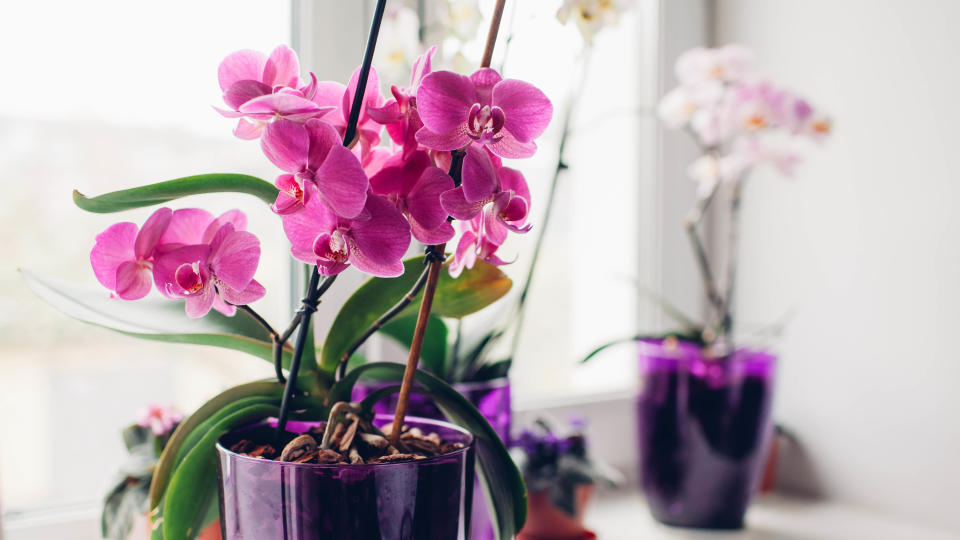
While we may use houseplants to decorate our homes, plants are also a natural way to dehumidify your home. There are certain plants that will actively reduce the moisture levels of your home — discouraging mold as well as condensation.
Popular options include snake plants, peace lilies and orchids. These vibrant florals are great for absorbing moisture from the air, and take it in through their leaves and roots. Alternatively, you could try one of these other 5 houseplants that will help prevent mold in your home.
In fact, these adaptable houseplants are also known for filtering common household toxins, which is handy if you don’t have one of the best air purifiers.
6. Absorb moisture with baking soda
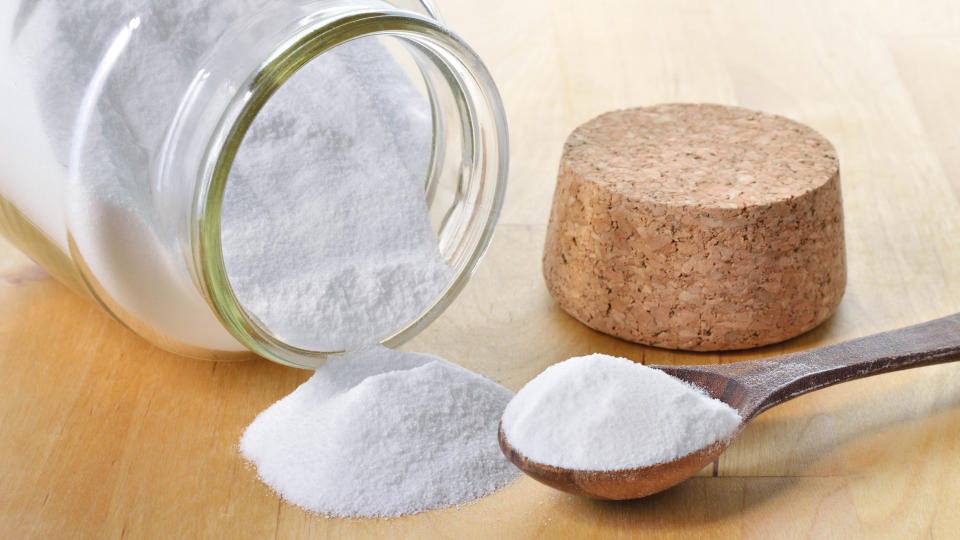
We all know about the impressive cleaning benefits of baking soda, but did you know it can also dehumidify your home?
This miraculous, natural compound has a high water absorption capacity, removing excess moisture in the air. Simply leave a bowl of baking soda in a room or area with high levels of humidity. This should help to draw in the moisture, and keep the air dry.
It’s worth noting that the larger the room is, the more baking soda you might need, so always experiment in smaller spaces first, such as inside a cabinet or on a windowsill. This will give you a better idea to see how much baking soda to use to help dry out the moisture/area.
What’s more, baking soda is also known to remove bad or lingerie odors from your home, so it’s a win-win!
7. Keep all surfaces dry
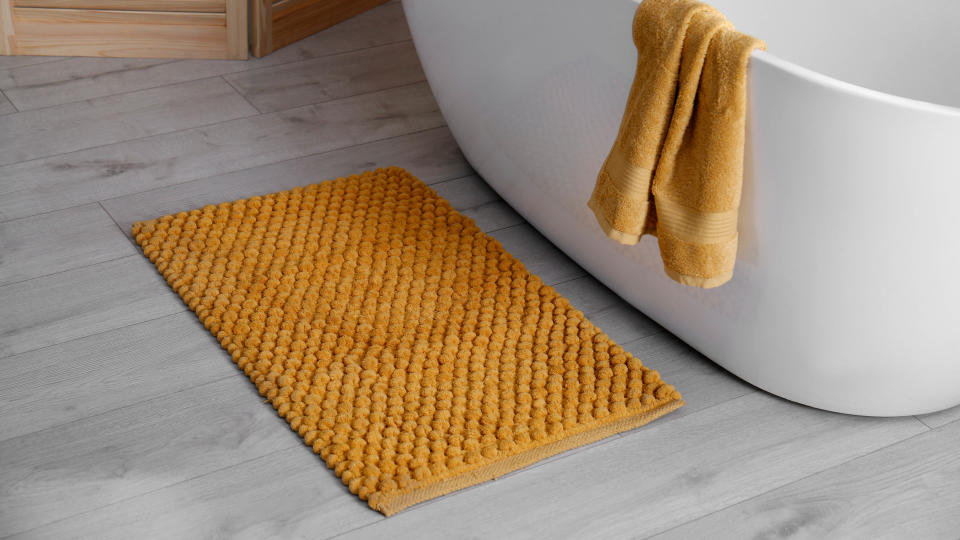
As with most household issues, prevention is the key. A good tip is to always keep surfaces dry at all times, by wiping down kitchen and bathroom surfaces after use. This will prevent hot, evaporating water from accumulating in the air.
Always air out or dry wet or damp bathroom towels and mats immediately after use, and never leave wet mats on the floor. These can become a source of humidity inside, and mold can easily develop in the fibres if it’s exposed to prolonged moisture.
For that reason, ensure any rooms with high humidity are not fully carpeted, such as basements. And ensure to mop up splashes or sitting water immediately.
8. Buy moisture absorbers
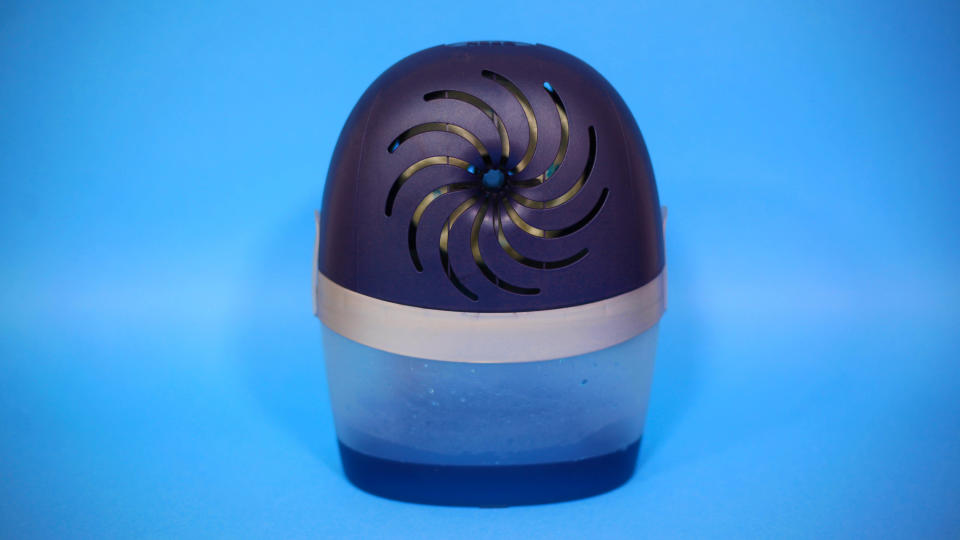
Another clever way to dehumidify your home without a dehumidifier are moisture absorbers. These absorber boxes are filled with globular calcium chloride particles that can trap moisture in the air. As the dehumidification goes on, they will finally melt and turn to liquid. In which case, you’ll need to replace it.
These are usually cheap to buy and available in supermarkets or online like this Vacplus Moisture Absorbers 6-pack ($20, Amazon), that is fragranced. You can also find ones with a lavender fragrance that can help freshen up musty smells. Place these in bathrooms, kitchens, cabinets and any other enclosed spaces where there is moisture.
9. Use desiccants
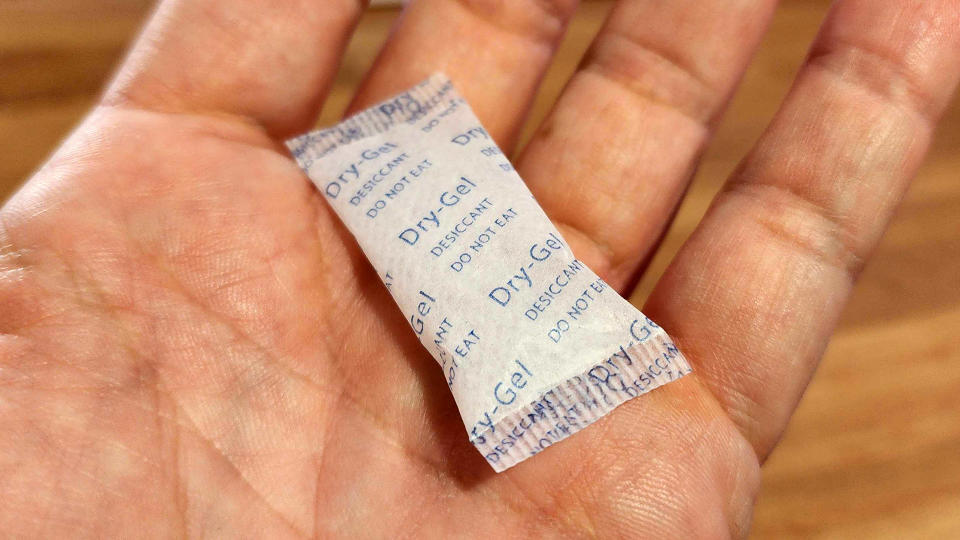
Similarly, desiccants such as silica gel, charcoal and rock salt can work well to absorb some moisture from the air. Although these usually work at a slower rate, adding silica gel packets in damp areas can help to prevent condensation.
The good thing is, these desiccants can be reused by drying them up in a warm place to remove stored moisture, and putting them back in humid areas. These are handy to get rid of excess moisture and reduce mold growth.

